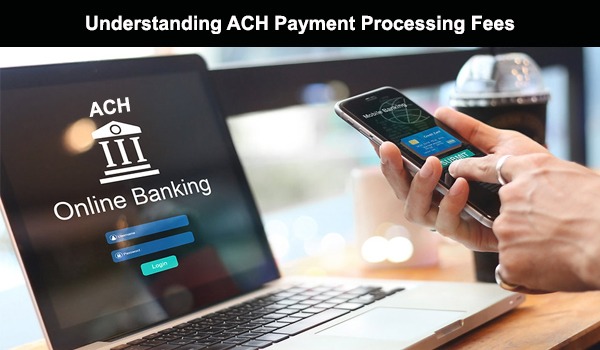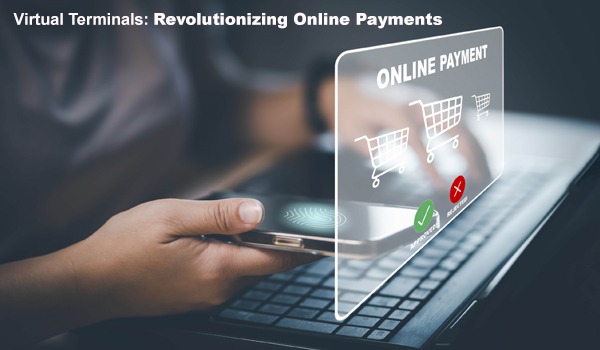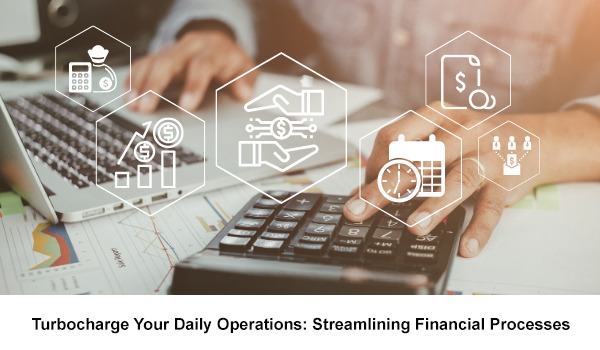
Introduction
ACH (Automated Clearing House) payment processing has become an integral part of modern commerce, offering businesses a convenient and cost-effective way to send and receive payments electronically. However, understanding the various fees associated with ACH processing can be daunting for many business owners. In this article, we'll delve into the intricacies of ACH payment processing fees, exploring the factors that influence fees, common fee structures, and strategies to manage and optimize costs effectively.
Factors Affecting ACH Payment Processing Fees
Several factors influence the fees associated with ACH payment processing:
- Transaction Volume: The number of ACH transactions processed by your business typically impacts the overall processing fees. Higher transaction volumes may result in lower per-transaction fees, as many processors offer volume-based pricing discounts.
- Transaction Type: The type of ACH transaction—whether it's a debit or credit transaction—affects processing fees. Debit transactions tend to incur lower fees than credit transactions due to differences in risk and processing requirements.
- Risk Level: The risk associated with ACH transactions, such as the likelihood of returns or chargebacks, can impact processing fees. High-risk transactions may incur higher fees to account for increased processing and compliance costs.
- Payment Processing Provider: Different payment processing providers offer varying fee structures and pricing models. Factors such as platform features, customer support, and additional services may also influence the overall cost of ACH processing.
Common Fee Structures in ACH Payment Processing
ACH payment processing fees typically consist of several components:
- Setup Fees: When establishing your ACH processing account, some payment processors may charge a one-time setup fee. This fee covers the administrative costs associated with creating your account, setting up the necessary infrastructure, and configuring your account settings to enable ACH transactions. The setup fee can vary depending on the payment processor and the complexity of your account setup requirements. While setup fees are common, some processors may waive or reduce these fees as part of promotional offers or negotiations.
- Per-Transaction Fees: Per-transaction fees are charged for each ACH transaction processed through your account. These fees can be structured as a flat fee per transaction or as a percentage of the transaction amount, depending on the pricing plan offered by your payment processor. Flat fees provide predictability and consistency in transaction costs, while percentage-based fees scale with the transaction amount, potentially resulting in higher fees for larger transactions. Businesses should carefully evaluate their transaction volume and average transaction size to determine the most cost-effective pricing structure for their needs.
- Monthly Maintenance Fees: Monthly maintenance fees are recurring charges imposed by payment processors to cover account management and support services. These fees may include account monitoring, customer support, software updates, and other administrative expenses associated with maintaining your ACH processing account. Monthly maintenance fees can vary widely among payment processors and may be influenced by factors such as account activity, transaction volume, and the level of support provided. Businesses should consider the value of the services included in the monthly maintenance fee when evaluating pricing plans and negotiating fees with their payment processor.
- Return and Rejection Fees: Return and rejection fees are incurred when ACH transactions are returned or rejected by the receiving bank due to reasons such as insufficient funds, incorrect account information, or other processing errors. Payment processors may assess these fees to cover the costs associated with handling returned transactions, including administrative expenses, communication with banks, and potential liability for chargebacks. Businesses should strive to minimize return and rejection rates by ensuring accurate account information, conducting thorough customer vetting, and implementing robust risk management practices to avoid incurring these fees.
- ACH Network Fees: In addition to fees charged by payment processors, the ACH network itself may impose fees for processing transactions. These fees are typically passed on to businesses by payment processors and may vary depending on factors such as transaction volume, transaction type, and the ACH network operator's fee schedule. ACH network fees help cover the costs of operating and maintaining the ACH infrastructure, including processing transactions, ensuring network security, and complying with regulatory requirements. While businesses have limited control over ACH network fees, they should be aware of these costs and factor them into their overall payment processing expenses.
Strategies to Optimize ACH Payment Processing Costs
To manage and optimize ACH payment processing costs, consider implementing the following strategies:
- Negotiate Fees: Negotiating fees with your payment processing provider can lead to significant cost savings, especially for businesses with a substantial transaction volume or the ability to commit to a long-term contract. Start by gathering data on your transaction volume and researching competitive pricing options from other providers. Armed with this information, approach your current provider to discuss potential fee reductions or incentives. Highlight your loyalty as a customer, your transaction volume, and any long-term commitment you're willing to make. Be prepared to negotiate terms that align with your business's needs and budget, such as lower per-transaction fees, waived setup fees, or reduced monthly maintenance fees.
- Optimize Transaction Volume: Increasing your transaction volume can often result in volume-based pricing discounts from your payment processing provider, leading to lower per-transaction fees. Explore strategies to encourage more transactions, such as offering promotions, expanding your product or service offerings, or targeting new customer segments. Additionally, consider streamlining your payment processes to facilitate more efficient transactions and encourage repeat business. By maximizing your transaction volume, you can leverage economies of scale to negotiate better pricing terms and reduce overall processing costs.
- Monitor Return Rates: Return rates, or the percentage of ACH transactions that are returned or rejected, can impact your processing costs and overall profitability. To minimize return rates, implement measures to ensure accurate account information, such as using address verification services and validating bank account details. Conduct thorough customer vetting to assess the risk of returns or chargebacks before processing transactions. Additionally, implement robust risk management practices, such as setting transaction limits, monitoring account activity for suspicious behavior, and promptly addressing customer disputes or inquiries. By proactively managing return rates, you can minimize associated fees and protect your bottom line.
- Review Pricing Plans: Regularly reviewing your payment processing provider's pricing plans ensures that you're getting the best value for your money and that your fees remain competitive. Take the time to assess your current pricing plan and compare it against other options available in the market. Consider factors such as transaction fees, monthly maintenance fees, and additional charges for value-added services. If you find that your current provider's fees are higher than competitors or no longer align with your business's needs, don't hesitate to explore alternative providers. Switching to a more cost-effective option can result in significant savings and improved profitability over time.
- Utilize Value-Added Services: Many payment processing providers offer value-added services that can help optimize your payment processing operations and maximize the value of your investment. These services may include fraud prevention tools, reporting features, integration capabilities, and dedicated customer support. Take advantage of these services to streamline your processes, enhance security, and gain insights into your transaction data. For example, implementing fraud prevention tools can help reduce the risk of fraudulent transactions and chargebacks, while robust reporting features can provide valuable analytics to inform business decisions. By leveraging value-added services, you can improve efficiency, mitigate risks, and ultimately, achieve greater cost savings and profitability.
Conclusion
ACH payment processing offers businesses a convenient and efficient way to send and receive payments electronically. However, understanding the associated fees and optimizing costs is crucial for maximizing the benefits of ACH processing. By considering factors such as transaction volume, risk level, and fee structures, and implementing strategies to manage costs effectively, businesses can leverage ACH payment processing to streamline operations, improve cash flow, and drive growth.
This comprehensive guide aims to demystify ACH payment processing fees, empowering businesses to make informed decisions and optimize costs effectively. Whether you're a small business owner or a seasoned entrepreneur, understanding the nuances of ACH fees is essential for maximizing the value of electronic payments in today's digital economy.









